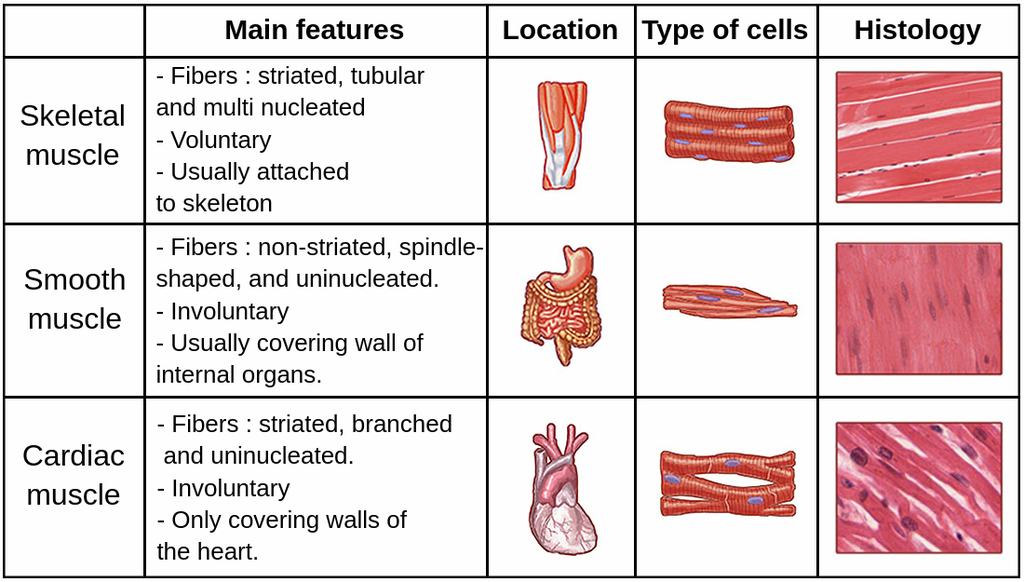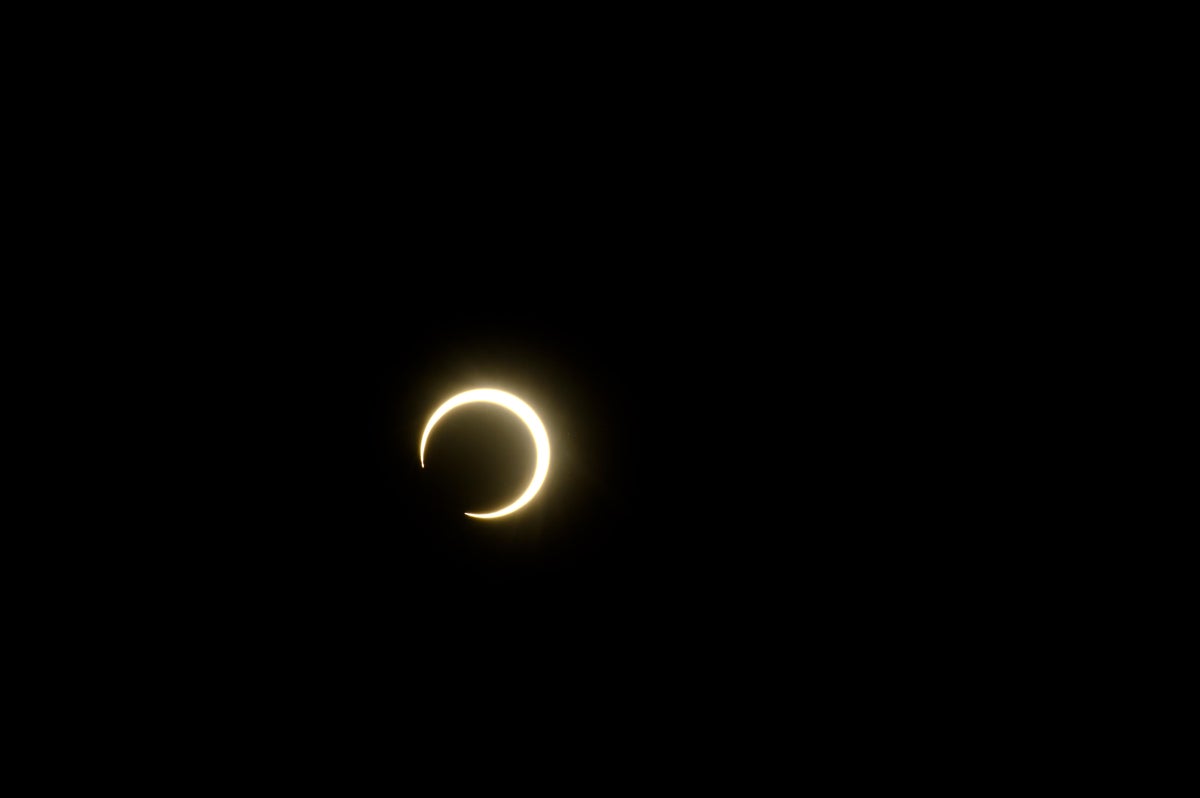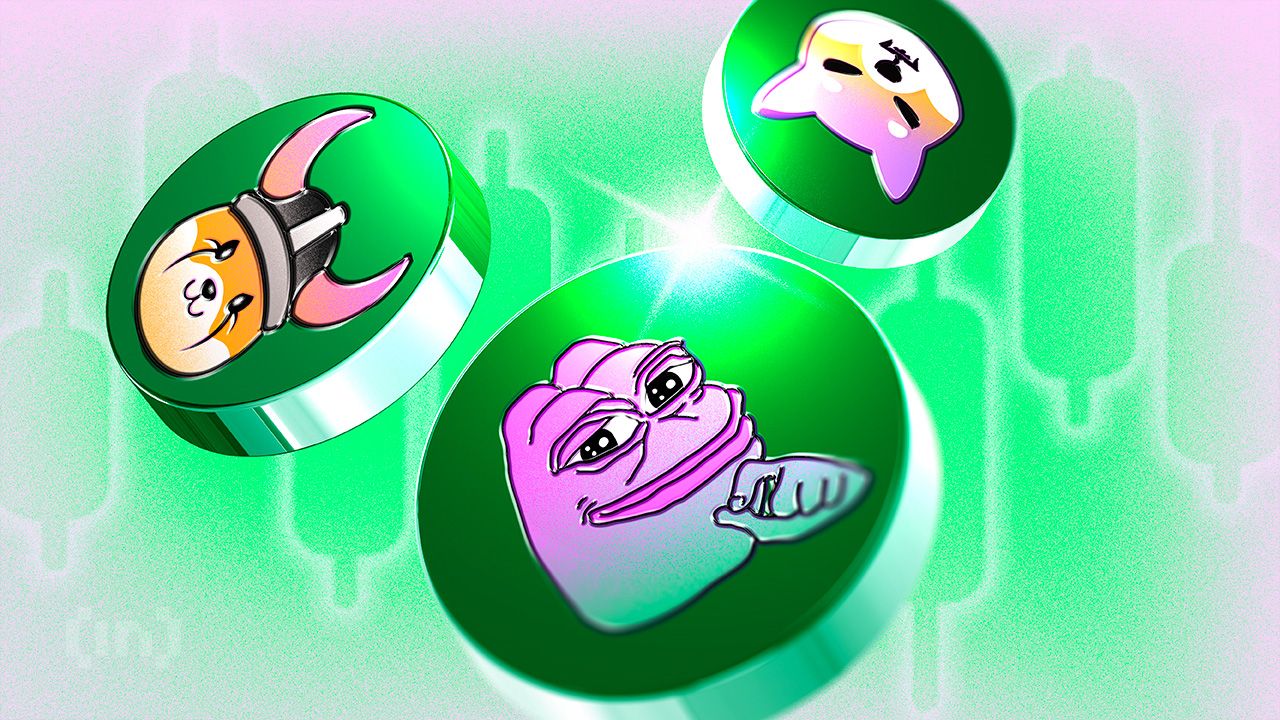
https://medlineplus.gov/ency/imagepages/19841.htm
- A tissue, consisting of sheets or bundle of cells (muscle fibers) which is capable of contracting and producing movement or tension in the body is called muscular tissue.
- These tissues are usually mesodermal in origin and consist of thin and elongated cells called muscle fibers.
- Each fiber contains fine longitudinal fibrils called myofibrils.
- The cytoplasm inside a muscle fiber is called sarcoplasm. Sarcoplasm contains a network of membranes called sarcoplasmic reticulum.
- Each muscle fiber is externally covered by a membrane called sarcolemma.
- The muscle fiber exhibit the property of:
- Irritability
- Conductivity
- Contractility
- Muscles are well supplied with blood vessels which convey them with nutrients and oxygen and take away metabolic waste products.
- At the same time, each muscle has its own nerve supply.
- There are three types of muscles in our body.
1. Striated (Striped or Skeletal or Voluntary) muscles:
- These muscles are under the control of our will, therefore, are also called voluntary muscles.
- They are long, cylindrical and unbranched with blunt ends and are multinucleated.
- The muscle fibers are arranged in bundles called fasciculli and are held together by connective tissue.
- They contain alternate arrangement of dark and light bands.
- The dark band is highly refractive and is also called anisotropic band. It is formed of Myosin protein.
- The light band is non-refractive and is also called isotropic band which is made up of a protein called Actin.
- Isotropic means something that allows light to pass through and so appears lighter.
- Anisotropic means that it does not allow light to pass through and so appears darker.
- The sarcoplasm contains many mitochondria and a large number of thread-like fibers, the myofibrils.
- These myofibrils run along the length of the muscle fibers and are parallel to one another.
- Each myofibril contains actin filament and myosin filament. Actin and myosin slide over each other and produce muscle movements.
- These muscles are attached to the skeleton in the head, trunk and limb regions. Hence, they are also called skeletal muscles. They are also found in the body wall, tongue, pharynx, beginning of the oesophagus etc.
- They undergo powerful and rapid contractions. These muscles are fatigued or tired quickly and are supplied with the central nervous system.
Functions:
- They help in the movement of various body parts and organs.
- They also help in locomotion of the body.
- They help in maintaining body position and postures.
- They also store nutrients and stabilize joints.

2. Unstriated (Unstriped or Visceral or Involuntary) muscles:
- These muscles are made up of elongated spindle shaped cells tapering at both ends.
- They are without striations or stripes. Hence, they are called smooth or unstriped or unstriated muscles. They are devoid of light and dark bands.
- They are not under the control of our will and are therefore called involuntary muscles.
- Each cell consists of a centrally placed large oval nucleus which is enclosed in a mass of sarcoplasm.
- The sarcoplasm contains numerous fine longitudinal myofibrils.
- There is no true sarcolemma and each fiber is bound by its plasma membrane.
- Such muscles are located in the walls of the visceral organs like alimentary canal, blood vessels, respiratory passage, urinary bladder, genital tract etc. Therefore, they are also called visceral muscles.
- They show slow but prolonged contractions and are not fatigued or tired.
- They are under the control of autonomic nervous system (ANS).
Functions:
- It maintains blood pressure and blood flow in the cardiovascular system.
- In the lungs, it opens and closes the airways.
- In the GI tract, it plays a major role in motility of food and nutrition collection through peristalsis.
3. Cardiac muscles:
- They are the muscles found in the heart and are involuntary in nature.
- It consists of a network of interconnected muscle fibers.
- It is structurally similar to skeletal muscles but functionally similar to smooth muscles.
- The muscle cells are short, cylindrical and branched.
- They also contain light and dark bands.
- Each fiber is externally covered by sarcolemma. The cytoplasm is uninucleated and the cells are connected together by special zig-zag junctions called intercalated discs.
- These muscles are supplied with central and autonomic nervous system.
- They show rhythmic contractions and are not dependent upon nervous stimulation.
- They don’t get fatigued and are therefore called fatigueless muscles.
Functions:
- They help in the beating of heart. i.e. the contraction and relaxation of cardiac muscle causes heart beat.
Muscular tissue, its types and functions in human body







Leave a Comment